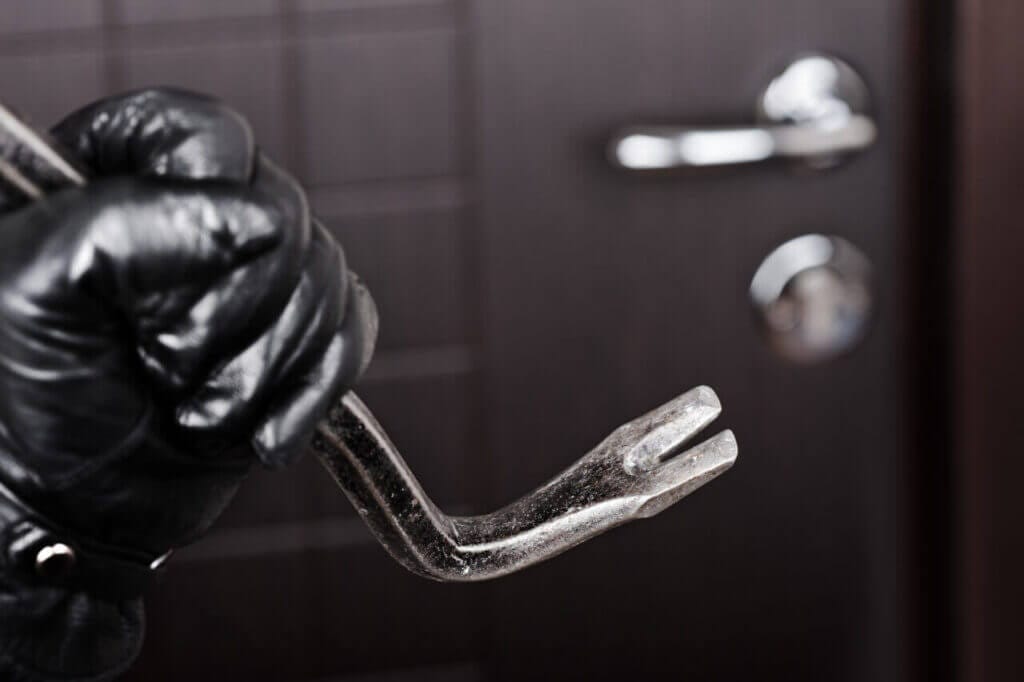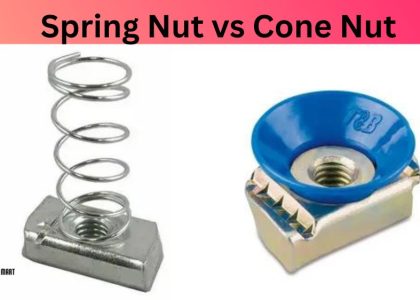Spanners are essential tools in every mechanic’s or DIY enthusiast’s arsenal. From loosening stubborn nuts to tightening bolts, these versatile tools come in various types and sizes to suit different needs. This article explores the types of spanners, their uses, common questions about them, and maintenance tips to keep them in top shape.
What are the different types of spanners available?
Spanners come in several types, including open-end spanners, combination spanners, adjustable spanners (also known as crescent wrenches), socket spanners, and torque wrenches. Each type is designed for specific tasks and offers unique advantages in terms of reach and torque application.

How do I choose the right spanner for a task?
Selecting the right spanner depends on the size and type of fastener you’re working with. For bolts with hexagonal heads, open-end or combination spanners are ideal. For hexagonal nuts, socket spanners or adjustable spanners provide a better grip and leverage.
What are some safety tips when using spanners?
Safety is paramount when using spanners. Always ensure the spanner fits the fastener correctly to avoid slipping and causing injury. Use the appropriate size to prevent rounding off nuts or bolts. Additionally, wear protective gloves and eyewear when working with spanners to protect against flying debris.
How should I maintain my spanners to prolong their lifespan?
Proper maintenance is crucial for the longevity of spanners. After use, wipe them clean with a rag to remove any dirt or grease. Store them in a dry place to prevent rusting. Periodically check adjustable spanners for wear and ensure they remain calibrated. Applying a light coat of oil to metal parts can also prevent corrosion.
Spanners are indispensable tools in mechanical and DIY projects, offering versatility and reliability in tightening and loosening fasteners. Understanding the different types of spanners and their appropriate uses ensures efficient and safe work practices. By following maintenance tips, such as cleaning and lubricating regularly, you can extend the lifespan of your spanners and optimize their performance. Whether you’re working on automotive repairs, household maintenance, or construction projects, choosing the right spanner for the job will enhance your efficiency and ensure successful outcomes.
In construction and civil engineering, spanners are used extensively in assembling and maintaining geogrid structures, ensuring proper tensioning and alignment of geogrids for soil stabilization and reinforcement projects.


